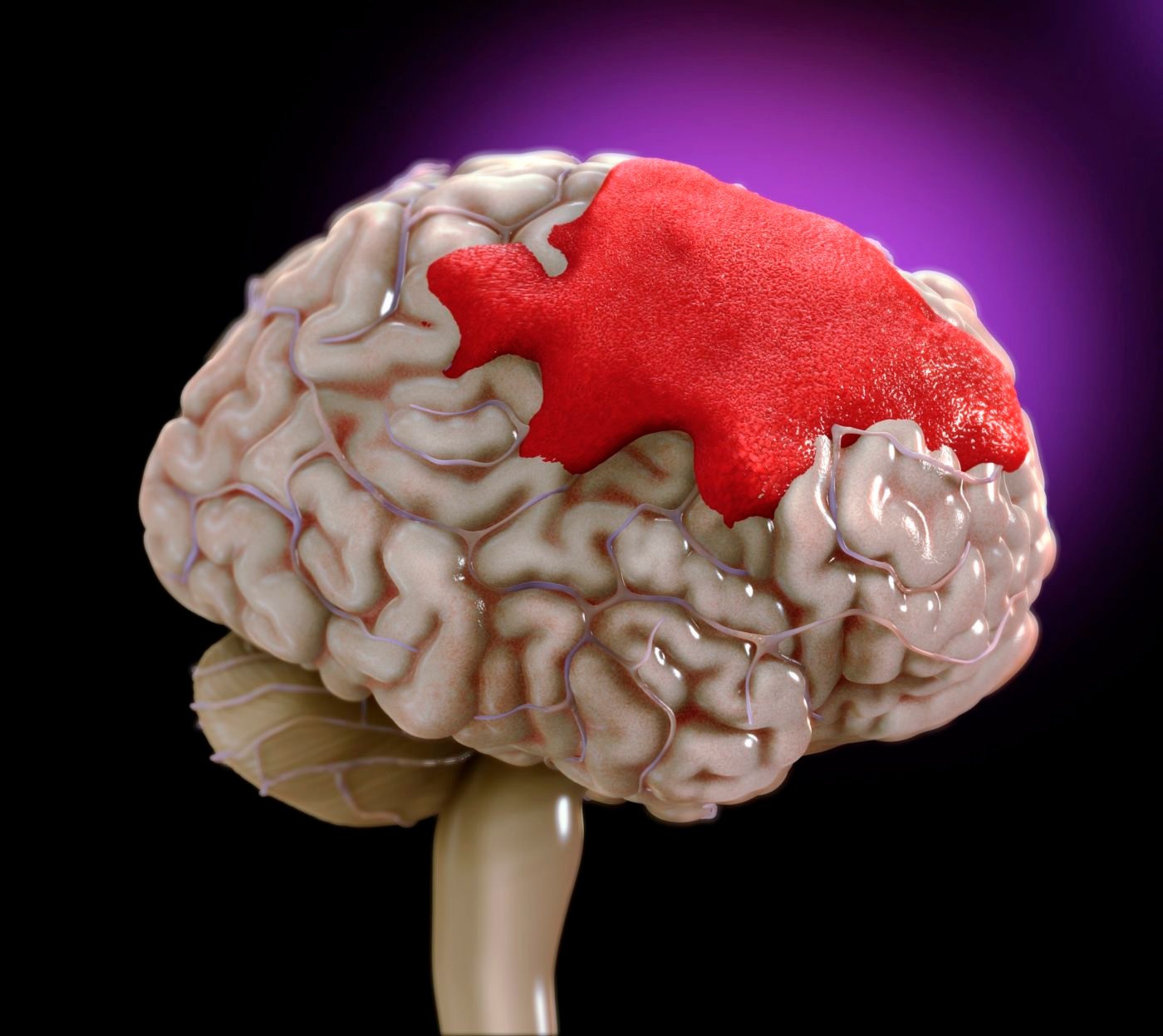In this blog, we will explore the critical aspects of surgery for the craniovertebral junction (CVJ), covering causes, symptoms, treatment, and rehabilitation. This guide is designed to provide you with essential information in a user-friendly format.
What is the Craniovertebral Junction?
The craniovertebral junction (CVJ) is a complex area where the skull base meets the upper cervical spine. It plays a crucial role in supporting the head and enabling its movements.
Causes of CVJ Injuries
The most common causes of injuries to the craniovertebral junction include:
Falls: A significant number of CVJ injuries result from falls, especially in older adults.
Vehicular Accidents: High-impact collisions often lead to trauma in the CVJ area.
Symptoms to Watch For
Injuries to the CVJ can manifest through various symptoms, which may worsen over time if left untreated:
Persistent Neck Pain: Continuous pain in the neck is a common indicator of CVJ issues.
Tingling Sensation: A tingling feeling in the limbs can be a sign of nerve involvement.
Weakness: Muscular weakness, particularly in the limbs, can develop in advanced stages.
Heaviness in Limbs: A feeling of heaviness or difficulty in moving the limbs may also occur.
Treatment Options
Treatment for CVJ injuries typically involves:
Immobilization: Using a collar to immobilize the neck and prevent further injury.
Surgical Intervention: In cases where immobilization is not sufficient, surgery may be required to stabilize the area.
Surgical Procedures
Atlanto Axial Dislocation: This condition, where the atlas (the first cervical vertebra) and the axis (the second cervical vertebra) are misaligned, often requires surgical correction. Imaging techniques like MRI and CT scans are used for diagnosis and planning the surgery.
Postoperative Correction: After surgery, imaging is used to confirm proper alignment and stability.
Rehabilitation
Post-surgical rehabilitation is crucial for recovery and involves:
Physiotherapy: Tailored exercises to regain strength and mobility in the neck and limbs.
Occupational Therapy: Techniques to help patients resume their daily activities and improve quality of life.
Consultation and Contact Information
For those seeking expert consultation for CVJ injuries, Dr. Dilip S. Kiyawat, M.Ch. (Neuro) Neurosurgeon, offers specialized care. You can book an appointment and reach out for further assistance using the following details:
Phone: +91 98220 46043
Email: drdilipkiyawatneurosurgeon@gmail.com
Conclusion
Understanding the intricacies of CVJ injuries and their treatment options can help patients and their families make informed decisions. Early detection and appropriate intervention are key to successful recovery. If you or a loved one are experiencing symptoms related to CVJ injuries, don’t hesitate to seek professional medical advice.







